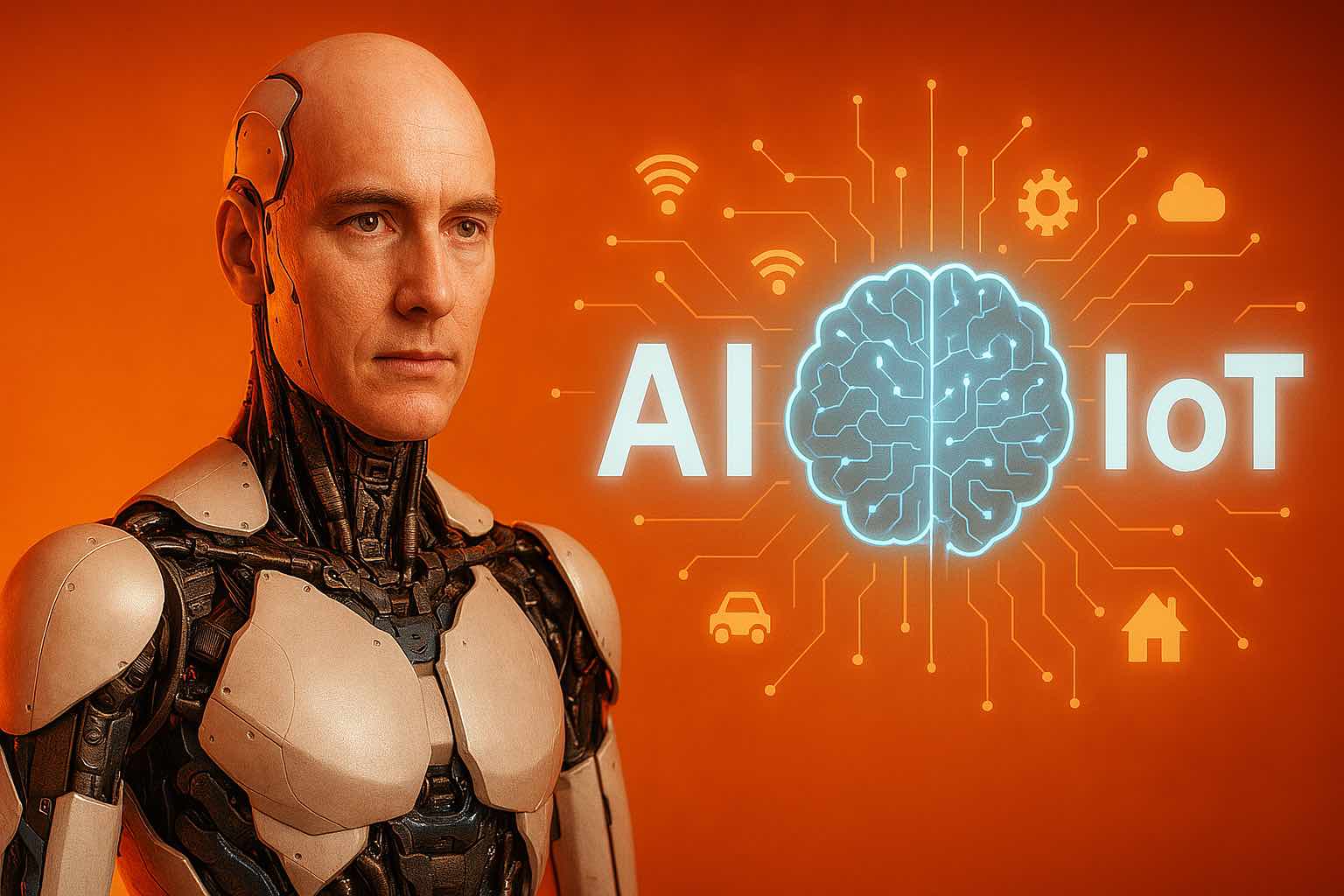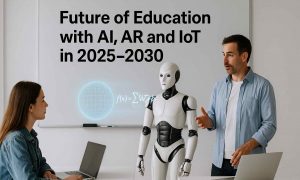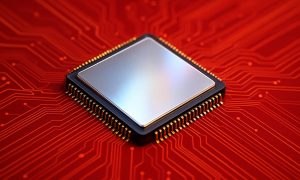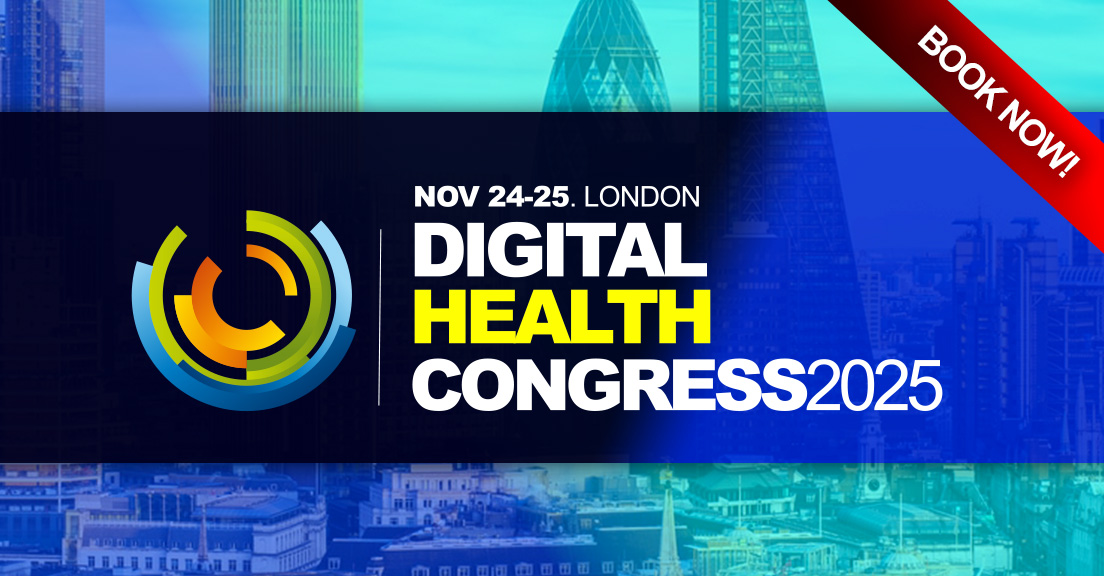
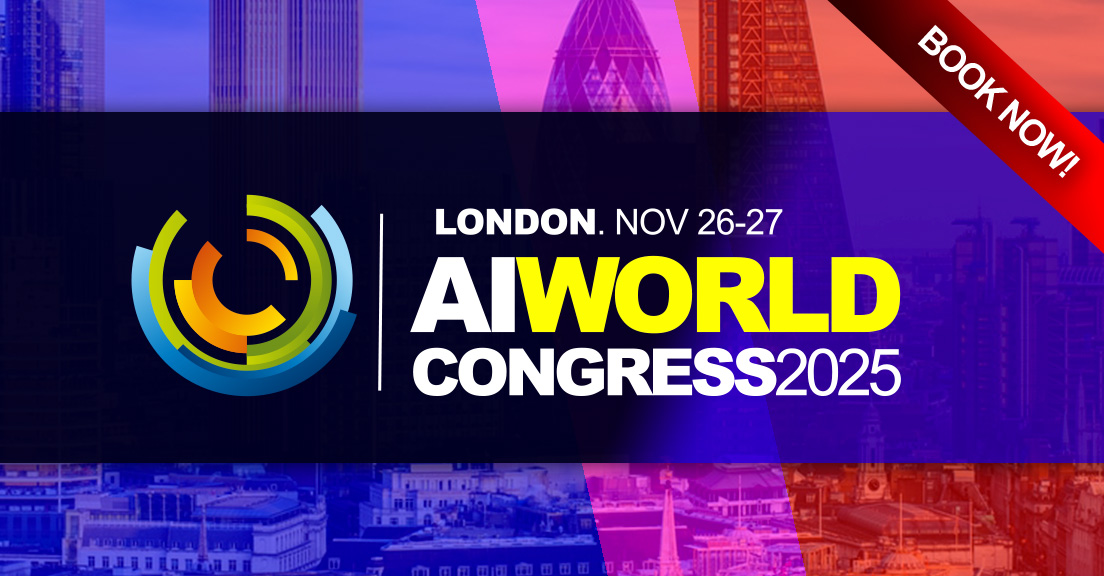
The convergence of Artificial Intelligence (AI) and the Internet of Things (IoT) is reshaping industries worldwide. By 2025, this synergy is expected to revolutionize sectors such as manufacturing, healthcare, transportation, and energy. This article explores the emerging trends in AI within the IoT industry across key regions: the UK, Europe, the US, India, China, Japan, Brazil, and Turkey.
Global Overview
The global AI in IoT market is projected to grow significantly by 2025, driven by advancements in AI algorithms, increased adoption of IoT devices, and the rollout of 5G networks. This growth is fueled by the need for real-time data processing, predictive analytics, and automation across various industries. The integration of AI enables IoT systems to analyze vast amounts of data, make intelligent decisions, and optimize operations without human intervention.
Moreover, the development of AI-IoT chipsets is playing a crucial role in this expansion. These chipsets are designed to handle complex AI computations on edge devices, reducing latency and improving efficiency. The demand for such chipsets is rising in sectors like healthcare, automotive, and manufacturing, where real-time decision-making is critical.
United Kingdom
In the UK, AI integration in IoT is advancing rapidly, particularly in healthcare and smart city initiatives. The National Health Service (NHS) is leveraging AI for early disease detection and personalized treatment plans. Additionally, the UK’s focus on developing AI agents is enhancing automation and decision-making across various sectors.
UK businesses are increasingly adopting AI-powered IoT systems to automate complex tasks, predict market trends, and identify new opportunities. The rise of smart home devices is another example of IoT’s impact on customer experiences. By 2025, more UK households will be equipped with IoT-enabled devices such as smart thermostats, security cameras, and voice assistants. Businesses in the home automation sector are leveraging this trend to offer innovative products and services.
Furthermore, the UK government has announced an ambitious multibillion-pound plan to significantly scale up the nation’s AI infrastructure by 2030. This initiative aims to increase AI computing power twentyfold, using it to improve public services such as education and road maintenance. It also includes a controversial scheme to unlock public data, including anonymized NHS data, to fuel AI growth while maintaining strong privacy safeguards.
Europe
The European Union is investing €20 billion to build AI “gigafactories” equipped with supercomputers to advance AI development. These facilities aim to position Europe competitively against the US and China in AI innovation. The initiative focuses on significant innovations in healthcare, robotics, and scientific discovery.
In addition to the gigafactories, Europe plans to invest an additional €50 billion in AI, according to European Commission President Ursula von der Leyen. This funding will add to the European AI Champions Initiative, which has already secured €150 billion from various providers, investors, and industries. The total objective is to mobilize €200 billion for AI investments across Europe, with a focus on industrial and mission-critical technologies.
Moreover, the convergence of AI and IoT is transforming industries, enabling real-time decision-making, automation, and predictive insights. The fusion of AI’s data-processing capabilities with IoT’s connectivity and data-collecting functions creates intelligent systems capable of autonomous decision-making and enhanced analytics.
United States
The US leads in AI innovation, with 40 major AI models produced in 2024. The country’s dominance is attributed to substantial private investment, patents, and research. AI integration in IoT is prominent in sectors like manufacturing, energy, and transportation, with companies like Amazon and Google at the forefront.
The fusion of AI and IoT is transforming industries, enabling real-time decision-making, automation, and predictive insights. The integration of AI’s data-processing capabilities with IoT’s connectivity and data-collecting functions creates intelligent systems capable of autonomous decision-making and enhanced analytics.
Additionally, the US is witnessing significant advancements in AI-IoT chipsets, which are pivotal enablers for next-generation smart devices and connected ecosystems. These chipsets are redefining how devices communicate and operate, with applications across various sectors, including healthcare, automotive, and industrial automation.
India
India’s IoT market is poised for significant growth, driven by digital transformation and smart city initiatives. The country is focusing on AI applications in agriculture, manufacturing, and healthcare. The anticipated expansion of the 5G network is expected to further accelerate AI integration in IoT.
The convergence of AI and IoT is transforming industries, enabling real-time decision-making, automation, and predictive insights. The fusion of AI’s data-processing capabilities with IoT’s connectivity and data-collecting functions creates intelligent systems capable of autonomous decision-making and enhanced analytics.
Moreover, the development of AI-IoT chipsets is playing a crucial role in this expansion. These chipsets are designed to handle complex AI computations on edge devices, reducing latency and improving efficiency. The demand for such chipsets is rising in sectors like healthcare, automotive, and manufacturing, where real-time decision-making is critical.
China
China is a major player in AI and IoT, with significant investments in smart cities and industrial automation. The country’s focus on developing domestic AI semiconductors is aimed at reducing reliance on foreign technology. China produced 15 major AI models in 2024, reflecting its commitment to AI advancement.
The fusion of AI and IoT is transforming industries, enabling real-time decision-making, automation, and predictive insights. The integration of AI’s data-processing capabilities with IoT’s connectivity and data-collecting functions creates intelligent systems capable of autonomous decision-making and enhanced analytics.
Additionally, the development of AI-IoT chipsets is playing a crucial role in this expansion. These chipsets are designed to handle complex AI computations on edge devices, reducing latency and improving efficiency. The demand for such chipsets is rising in sectors like healthcare, automotive, and manufacturing, where real-time decision-making is critical.
Japan
Japan is leveraging AI in IoT for advancements in robotics and manufacturing. The country’s emphasis on precision and efficiency is driving AI integration in industrial processes. Japan’s commitment to innovation positions it as a leader in AI-driven IoT applications.
The fusion of AI and IoT is transforming industries, enabling real-time decision-making, automation, and predictive insights. The integration of AI’s data-processing capabilities with IoT’s connectivity and data-collecting functions creates intelligent systems capable of autonomous decision-making and enhanced analytics.
Moreover, the development of AI-IoT chipsets is playing a crucial role in this expansion. These chipsets are designed to handle complex AI computations on edge devices, reducing latency and improving efficiency. The demand for such chipsets is rising in sectors like healthcare, automotive, and manufacturing, where real-time decision-making is critical.
Brazil
Brazil’s AI in IoT market is expanding, particularly in agriculture and energy sectors. The country’s focus on smart farming and renewable energy is driving AI adoption. Brazil is also investing in AI applications for healthcare and urban development.
The fusion of AI and IoT is transforming industries, enabling real-time decision-making, automation, and predictive insights. The integration of AI’s data-processing capabilities with IoT’s connectivity and data-collecting functions creates intelligent systems capable of autonomous decision-making and enhanced analytics.
Turkey
Turkey is emerging as a significant player in AI and IoT, with investments in smart cities and industrial automation. Government-backed initiatives are promoting digital transformation in cities like Istanbul and Ankara, where AI-powered IoT systems are being implemented for traffic management, waste control, and public safety. These smart systems enhance urban living by enabling real-time responses to environmental and infrastructure needs.
Moreover, Turkey’s growing tech startup ecosystem is playing a pivotal role in the country’s AI-IoT expansion. Turkish companies are increasingly focusing on areas like predictive maintenance in manufacturing, smart agriculture, and healthcare diagnostics using AI. As AI development becomes a priority in the national digital strategy, public-private collaborations are expected to fuel innovation and help Turkey emerge as a regional technology leader by 2025 (The Business Research Company).
Conclusion
As we move through 2025, the integration of AI in the IoT industry is transforming the way countries operate across a variety of sectors. From the UK’s data-driven healthcare advancements to China’s smart manufacturing dominance and India’s AI-powered agriculture, each country brings unique strengths to the global AI-IoT ecosystem. The universal trend of leveraging AI to drive real-time decision-making, automation, and enhanced efficiency highlights how foundational this convergence has become for digital infrastructure worldwide.
Looking ahead, the continued investment in edge computing, AI chipsets, and supercomputing infrastructure will determine how quickly and effectively countries scale their AI-IoT capabilities. Whether it’s the EU’s ambition to compete globally or Turkey’s emergence as a regional hub, the AI in IoT landscape is becoming more diverse, competitive, and collaborative. 2025 stands as a turning point, not just in technological capability, but in the strategic alignment of nations toward smarter, more connected futures.
Bibliography
- The Business Research Company. (2025). Artificial Intelligence (AI) in IoT Global Market Report. Retrieved from https://www.thebusinessresearchcompany.com/report/artificial-intelligence-ai-in-iot-global-market-report
- The Guardian. (2025). EU to build AI gigafactories in €20bn push to catch up with US and China. Retrieved from https://www.theguardian.com/technology/2025/apr/09/eu-to-build-ai-gigafactories-20bn-push-catch-up-us-china
- IoT World Magazine. (2025). AI Agents’ Impact on the IoT Industry in 2025. Retrieved from https://iotworldmagazine.com/2025/04/11/2780/ai-agents-impact-on-the-iot-industry-in-2025
- Research and Markets. (2025). Artificial Intelligence (AI) in IoT Market Report 2025. Retrieved from https://www.researchandmarkets.com/reports/5948788/artificial-intelligence-ai-in-iot-market-report
- IoT World Magazine. (2025). AI Review of Top Health Tech Trends in 2025 in the UK, Europe, USA, India, China, Dubai, UAE, Turkey, and Brazil. Retrieved from https://iotworldmagazine.com/2025/02/12/2709/ai-review-of-top-health-tech-trends-in-2025-in-the-uk-europe-usa-india-china-dubai-uae-turkey-and-brazil


